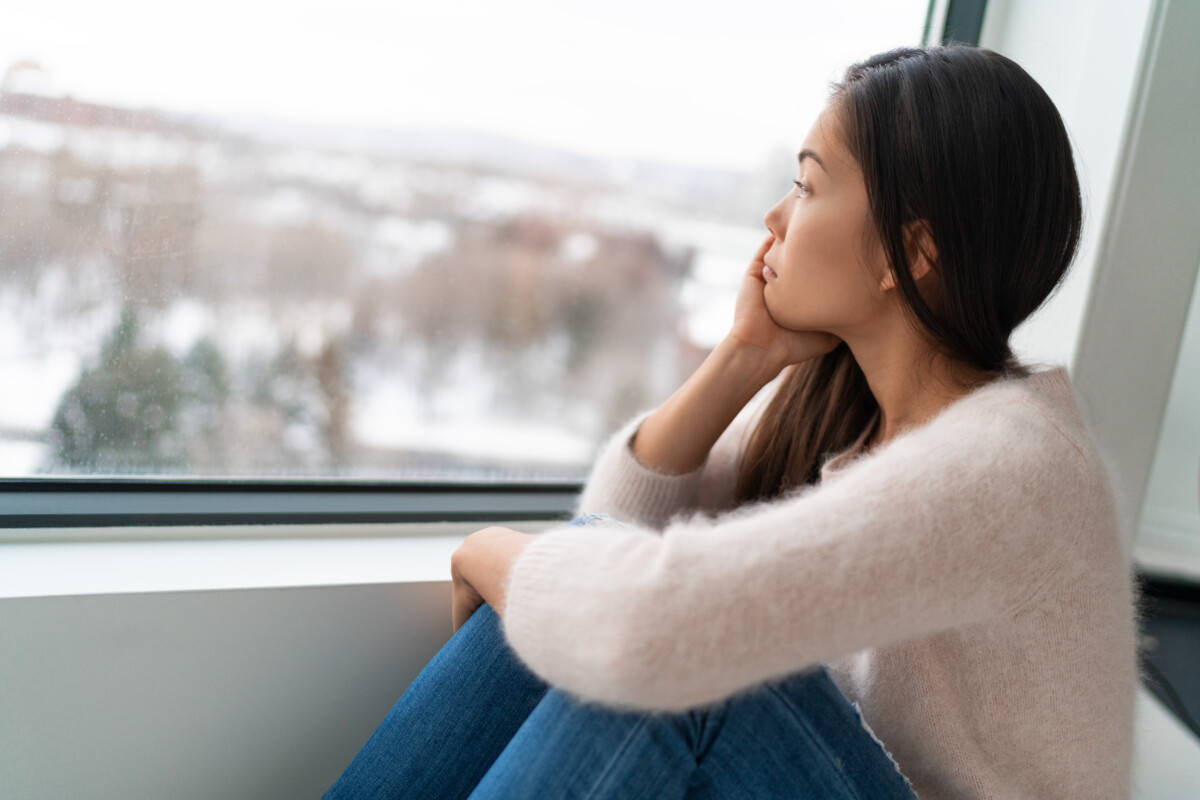Light Therapy for the Winter Blues

Many of us look forward to the crisp cool air and brightly colored leaves of autumn. For those who suffer from Seasonal Affective Disorder (SAD), however, fall often marks the beginning of “winter blues” that may not end until the following spring or summer.
What is SAD?
SAD is a form of seasonal depression associated with the decrease in sunlight that occurs as the days get shorter. It usually appears in the fall and winter and goes away in the spring and summer.
The symptoms of SAD can include:
- A loss of energy
- Difficulty concentrating
- Feelings of sadness or emptiness
- Cravings for sweets
- Feelings of worthlessness
- An inability to experience joy
A Simple, Low-Cost Treatment
Exposure to artificial light, or “light therapy” is a common method of treatment for SAD. It may be used alone or it may supplement treatment with medication and/or counseling. The exact cause of SAD isn’t completely clear, so the exact mechanism of how light boxes help the symptoms is also unknown.
For those who are helped by light therapy, symptoms may begin to improve in as little as 3 to 5 days. It can, however, take up to two weeks for the darkness of SAD to begin to lift.
Choosing a Light Box
Light therapy requires special light boxes that are designed for this purpose. They are easy to find online and relatively inexpensive. A light box usually gives off 10,000 lux of light, or 10,000 lumens per square meter. It should also be low in UV radiation, which can be harmful. It’s important to note that light boxes are not tested, regulated or approved by the FDA, so be sure to read the details before purchasing.
There are many styles of light boxes. You should choose a style that can be comfortably placed between 16 and 24 inches from your face for up to one or two hours at a time.
If sitting in front of a light box seems like too much of an ordeal, it’s also possible to get light therapy “glasses”. These “glasses” cost more than most light boxes, but they allow you to move around while getting your light therapy. For some people, this can be a real time saver.
If you have a long commute, you may prefer a light box that clips to your sunscreen. This type of light can be turned on while you’re driving, thus allowing you to multitask while treating your SAD.
Why You Need the Guidance of a Healthcare Provider
Appropriate scheduling of your light therapy is important because using a light box can affect your circadian rhythm, or sleep/wake cycle. Your healthcare provider can recommend the time of day that you use the light box, as well as the number of minutes or hours you should use it. If your eyes are sensitive, you may need to slowly build up the time you spend in front of the light.
People with eye damage or weakness, diabetes, or bipolar disorder should make sure to check with their healthcare provider before using a light box. While the risk is low, light therapy can cause eye damage in some diabetics and those with damaged or weakened eyes. It can cause mania in those with bipolar disorder.
